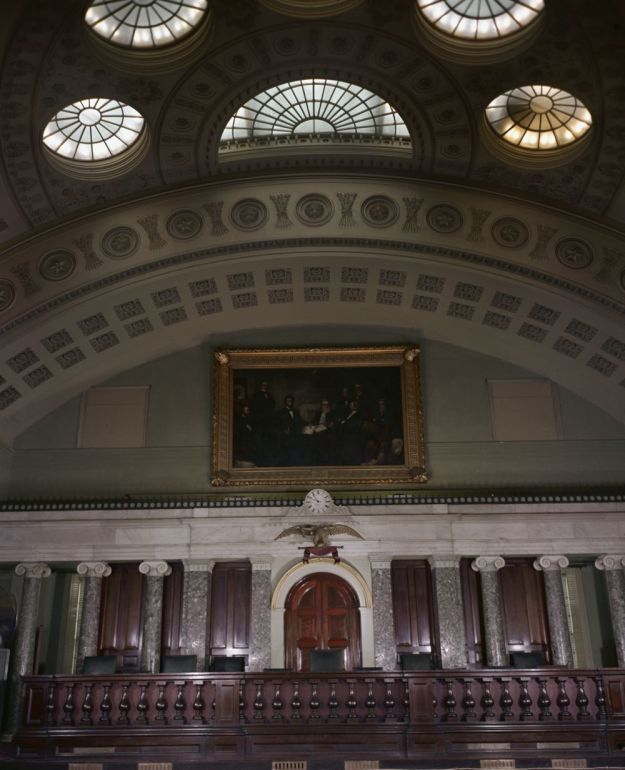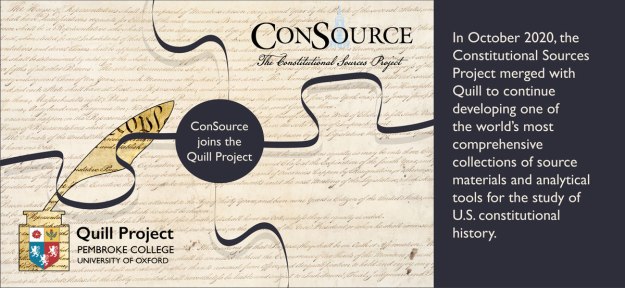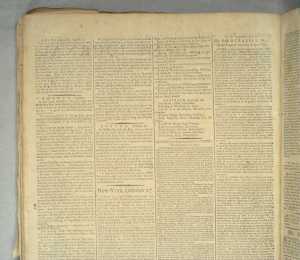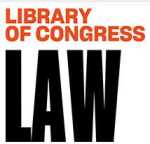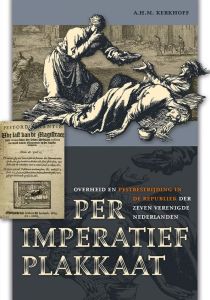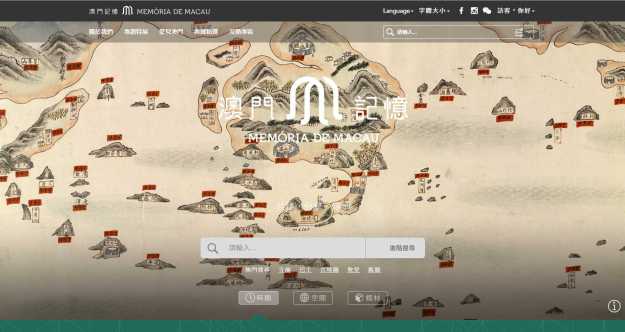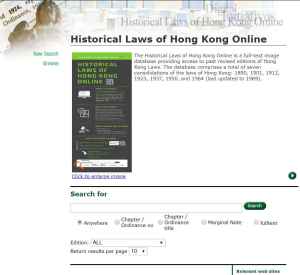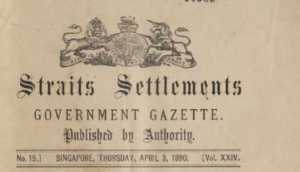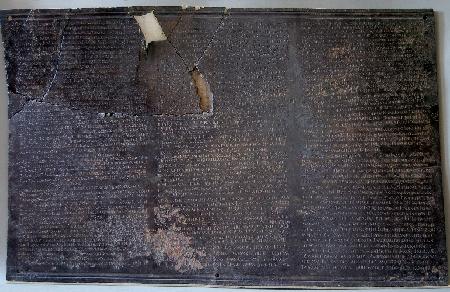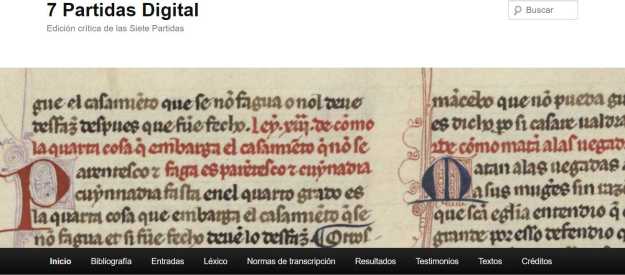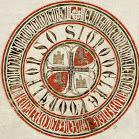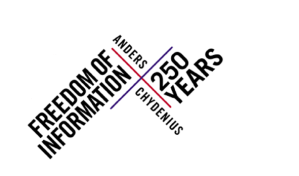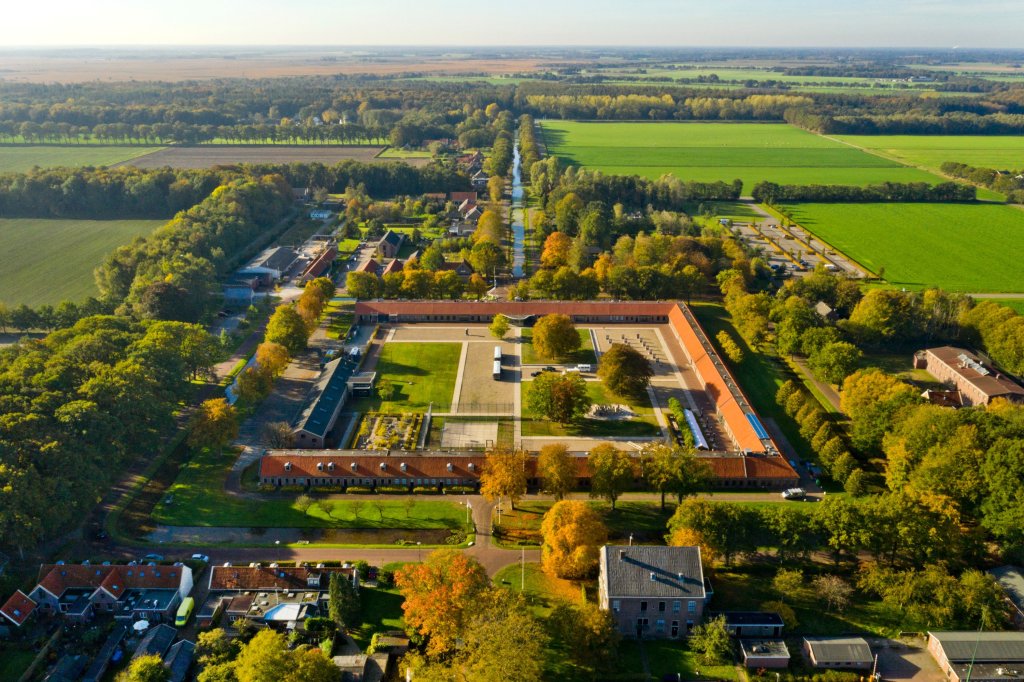
In July 2021 no less than three historic sites in the Netherlands, actually three groups of sites and buildings, have been officially recognized as UNESCO World Heritage Sites. The Dutch part of the Lower German limes, the northern frontier of the Roman empire, the defense line of the Nieuwe Hollandse Waterlinie with water, sluices and fortifications around Holland from Amsterdam to Dordrecht, and the Koloniën van Weldadigheid, the “Colonies of Benevolence”, a number of settlements for poor people who could escape from slums and start to build a new life working hard in the northern province Drenthe. Both the limes and the Waterlinie have figured here already long ago. Last year I mentioned the Koloniën van Weldadigheid briefly in a post on Dutch digital archives. This nineteenth-century project deserves more attention here.
Not just fighting poverty
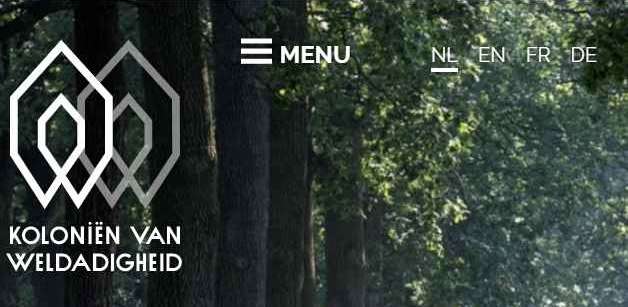
The Koloniën van Weldadigheid, the Colonies of Benevolence, should attract attention with their very name. The use of the word benevolence surely rings a bell and points to some larger governmental objective or aim. The word colony should serve as a remainder these settlements were developed during a colonial period in Dutch history. After the French Revolution it was a near miracle space should have been given to a new Dutch state. The old Dutch Republic had given away for a revolutionary republic, but soon afterwards its territory became just a number of departments in the Napoleonic empire. Mainly thanks to a few politicians, among them Gijsbert Karel van Hogendorp, a new Dutch kingdom including both present-day Belgium and the Netherlands could come into existence in 1814 and gain European recognition at the Congress of Vienna.

The Colonies of Benevolence were created under the strict supervision of general Johannes van den Bosch (1780-1844). Van den Bosch served between 1798 and 1808 with the Dutch army in the Dutch East Indies. On his way back to Europe he was taken prisoner by the British. Only in 1813 he returned to the new Dutch kingdom. In 1818 he started with his plan to start opening the wildernesses of the province Drenthe for agriculture. Adding settlements for poor people was a secondary development. In 1823 he became a government official. After a year in the Dutch West Indies he became the governor-general of the East Indies (1828-1834), and from 1834 to 1839 he served as a minister of the colonies. In the East Indies he introduced the cultuurstelsel, a system of forced labor on plantations bringing much profit to Dutch firms, investors and state finances. His life was indeed a matter of colonies and forms a part of Dutch colonial history. The recent biography by Angelie Sens, De kolonieman. Johannes van den Bosch (1780-1844), volksverheffer in naam van de Koning (Amsterdam 2019) aptly called him in its title a colony man.
A strange mixture
The Colonies of Benevolence included four locations in Drenthe (Veenhuizen, Wilhelminaoord, Frederiksoord, and Boschoord), two in Overijssel (Willemsoord and Ommerschans), and two in Belgium, Wortel and Merksplas. In 1818 Van den Bosch founded a private organisation, the Maatschappij van Weldadigheid, for his agricultural plan. Already in 1819 a first pilot colony was formed at the Westerbeek estate in Frederiksoord. There is a separate website for the museum of this colony, the Proefkolonie. Veenhuizen (1823) and Merksplas (1822) were founded as penal colonies. Since 2018 Veenhuizen is home to the Nationaal Gevangenismuseum, and Merksplas, too, has become a prison museum. Van den Bosch’s society founded also two agricultural schools.
The history of these places is certainly colorful, and thus it is interesting to look at the motivation for entering them into the World Heritage Register. On July 27, 2021 the Dutch UNESCO branch published a web page about the registration of the colonies. Kathleen Ferrier, member of the Dutch committee and a politician, stressed the uniqueness of the initiative to help people breaking with poverty and building a new existence for themselves, even if the colonies did not succeed immediately in abandoning poverty. She views it as an experiment in social history. The registration of the World Heritage Centre rightly uses more sober and meaningful wordings. Urban poor were relocated to a far away region. The original colonies failed to get sufficient income, and thus the scheme was developed to bring in beggars and to found two special penal colonies. There were guards to supervise the doings of people. At its highest point some 11,000 people lived in the Dutch colonies, and some 6,000 people in the two Belgian settlements. Very revealing is the original geometrical pattern of the colonies. The word panoptical serves as a reminder of Jeremy Bentham’s proposals for prison reform.
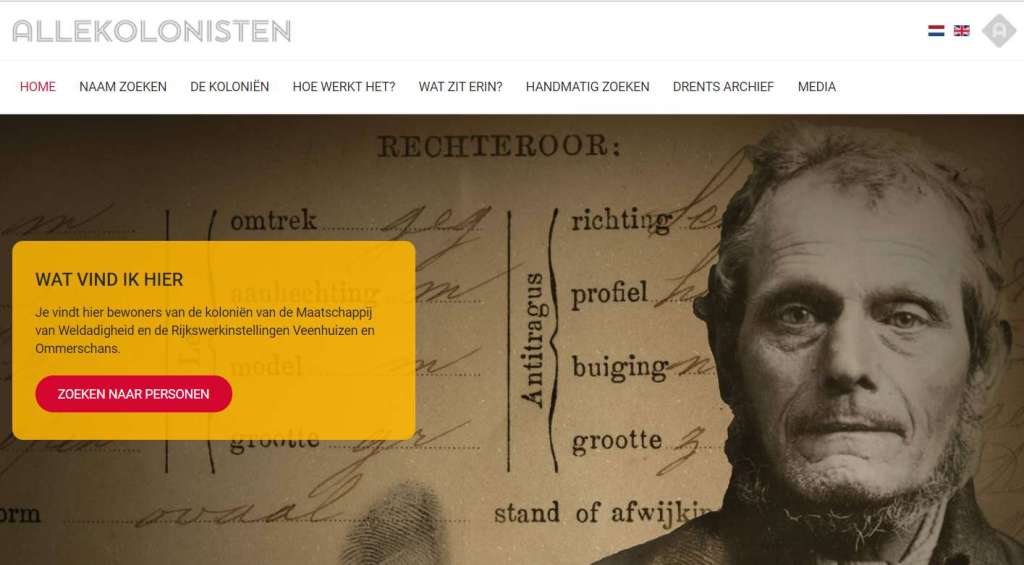
The international UNESCO website does not mention the existence of archival records digitized by the Drents Archief. Last year I wrote briefly about Alle Kolonisten (All Colonists, the nifty subset of the project Alle Drenten. These digitized records can even be searched with an English search interface. Archives are mentioned in the English nomination dossier (2020; PDF, 21 MB) where you can find also a rich bibliography, but without any reference to the exact archival inventories at the Drents Archief. Luckily the website Alle Kolonisten figures at page 164, and at the website the inventories are duly listed, as are records elsewhere not included among the digitized records. The dossier makes space for Bentham (pp. 78-81), and also for foreign initiatives inspired by the Dutch colonies, and not just for the French project at Mettray with among its directors Alexis de Tocqueville, but also for instance the Innere Mission in Hamburg (pp. 165-170).
Walking though the Colonies of Benevolence
This post is my first contribution after a silence of three months. I will not bother you with a full explanation, I have been simply busy doing other things, in particular describing archival records. One of the much missed recurring features at my blog is the walking historian. As a small solace I will look here with you at two students who made a walking tour of the Netherlands in 1823. Dirk van Hogendorp (1797-1845), a law student who was the son of the renown politician Gijsbert Karel van Hogendorp, and Jacob van Lennep (1802-1868), the brilliant son of a professor of classics and history at the Amsterdam Athenaeum, wrote respectively a concise diary and letters, and an extensive diary. In 2000 appeared an edition in modernized Dutch of these travel accounts, De zomer van 1823. Lopen met Van Lennep. Dagboek van zijn voetreis door Nederland, edited by Geert Mak and Marita Mathijsen (Zwolle 2000; revised edition, 2017). In 2000 Geert Mak also presented a television series of his attempt at walking in the traces of Van Lennep and Van Hogendorp. You can still watch online the two episodes on the colonies (no. 5, “Charity and discomfort”, and no 6, “Who does not work will not eat”).
People were generally quite aware of the high rank of both young men making in 1823 a kind of inspection tour of their country, no doubt reporting about their meetings and views to authorities and influential people. Actually the two men walked only in the northern half of the Netherlands. On July 5 they visited Frederiksoord, and on July 15 they saw Ommerschans. As graphic as their reports of the meetings at both colonies is their description of the backward province Drenthe with in many parts scarcely any normal road. Before getting the status of a province Drenthe had been often called just a landschap (landscape) … The digitized versions of Van Hogendorp’s and Van Lennep’s diaries can now be found at the resources subdomain of the Huygens Institute, Amsterdam.
In this post I tried to kindle your interest in a transnational project for social reform with a clear legal component, the foundation of penal colonies at a safe distance of urban society. The remaining buildings in the Netherlands and Belgium form indeed cultural heritage with many dimensions. The archival heritage needed to be highlighted here. The two Leiden students looking at the colonies in 1823 were definitely among the Dutch urban upper class, and it is their very bias, too, which makes their views interesting for historians. In the aftermath of the Napoleonic period the new Dutch kingdom had a hard time awakening from it and assessing its position. What could serve the new state best? King Willem I acted as an autocrat with patriarchal characteristics, and Van den Bosch’s plans suited him. The general’s plan showed a military grip on people and things. The royal benevolence served first of all the king, and much less the nation, apart from his canal building scheme.
What became of the two walking students? Van Hogendorp became a lawyer serving as a substitute attorney-general and as a judge at two courts. Van Lennep became a prolific writer and a society figure, taking up causes and getting involved in a cause célèbre, the publication of the pamphlet-like novel Max Havelaar by Eduard Douwes Dekker about the exploitation of the Javanese by the Dutch government, and at the same time depriving its author of his copyright. The history of the Colonies of Benevolence shows a state doing an attempt at social engineering, and at the same time colonizing its own rural interior. This history helps you to look sharper for the impact of having a colonial empire, and it is great to detect numerous wider connections and intersections in it.


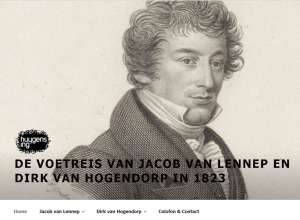
 It seems difficult these weeks at my blog to leave Frankfurt am Main for other locations. The news about the death of Michael Stolleis on March 18, 2021 cannot be passed over here in silence, and thus again Frankfurt comes into view. Some obituaries succeeded very well in showing Stolleis’ role and achievements, and therefore I will not try to repeat everything already said with eloquent words.
It seems difficult these weeks at my blog to leave Frankfurt am Main for other locations. The news about the death of Michael Stolleis on March 18, 2021 cannot be passed over here in silence, and thus again Frankfurt comes into view. Some obituaries succeeded very well in showing Stolleis’ role and achievements, and therefore I will not try to repeat everything already said with eloquent words.